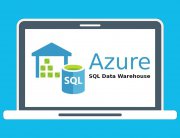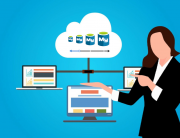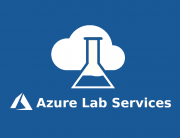Chances are those developing an IoT-based solution focus mainly on the devices and what is possible to accomplish with them. They might want to process data coming from a network of devices in real time, analyze the data to gain insights, get alerted for special conditions, manage the devices themselves, and so on. The less interesting part is setting up and handling the infrastructure in the cloud, which enables them to handle all of the above.
This is where serverless computing comes into play. Various serverless technologies similar to Azure Functions reduce the load of handling infrastructure which allows you to emphasize on the IoT-powered business logic. IoT projects frequently have variable traffic, which means accumulating infrastructure to account for peak loads, is not always the best approach. Adopting serverless allows IoT solutions to scale dynamically while keeping the costs low.
Table of Contents:
- Incoming device data processed in real-time
- Sending messages from cloud to device
- Management of IoT-based solutions
- Custom processing
Process the incoming data from a device in real-time
Most IoT devices produce data which needs to be handled and processed:
- the information can be consistent with telemetry data which needs some processing prior to being envisaged or archived for future investigation. In this case, the perfect solution is to trigger a serverless function from the built-in Azure Event Hubs endpoint in IoT Hub.
- there can also be special case alerts that need to be acted upon with slightly different custom processing. In such a case, the best solution is promoting a serverless function using the memo channeling functionality of IoT Hub.
Send messages from cloud to device
Transferring messages from cloud applications to IoT devices is a quite common practice as well. IoT Hubs make this possible via API which can be effortlessly used from any application. Sending the data is usually done as a portion of a workflow, which is why serverless provides a rapid, convenient, and scalable solution with no need to worry where the code is running.
Management of the IoT-based solutions
Even though a serverless backend eliminates any measurement worries for the information handling part, one still has to assure the capability of IoT Hub itself is properly scaled. This is the point where the Durable Functions feature of Azure Functions can provide serverless methods for the appropriate management and monitoring.
Custom processing
Businesses are steadily demanding the low-latency output from their IoT solutions. Solutions like Azure IoT Edge enable users to relocate the ability of cloud technologies to their own devices. There are multiple scenarios in which some processing needs to be accomplished on the device itself without communication with the cloud. Azure Functions on IoT Edge offers a mechanism by which one can operate a productive programming model of Azure Functions on own devices. This also enables consistency of the architecture throughout the cloud and Edge applications.
These are just a few samples of how Azure provides ways of structuring IoT applications by using serverless technologies. The convenience of usage and low-cost nature of Azure Functions makes it a feasible and practical option for investigating further IoT scenarios.







Leave A Comment